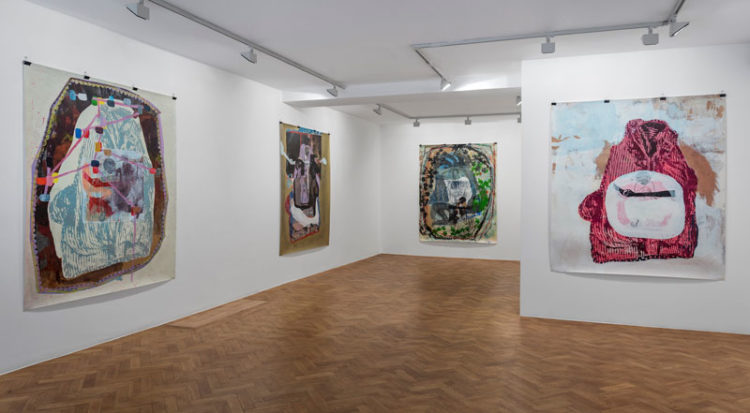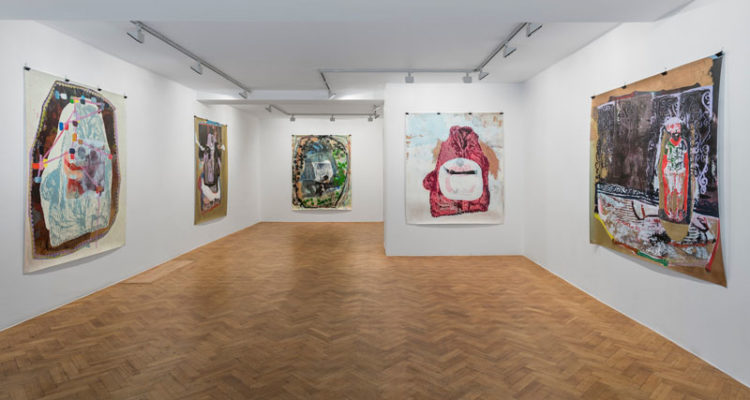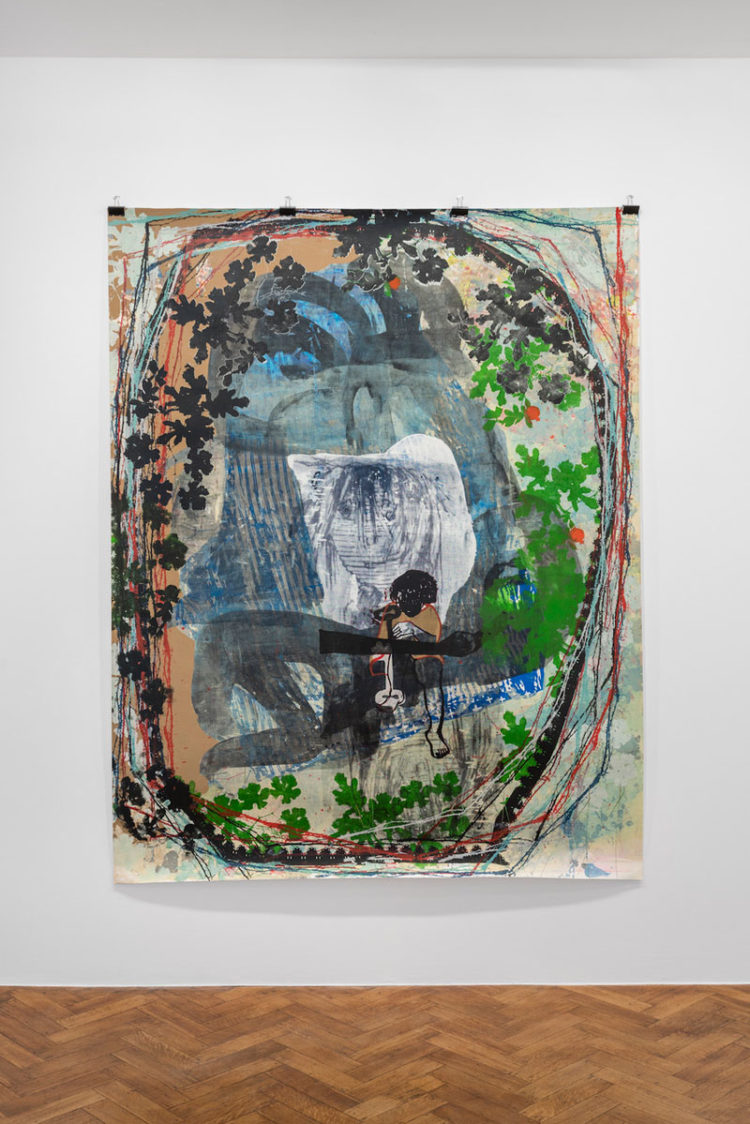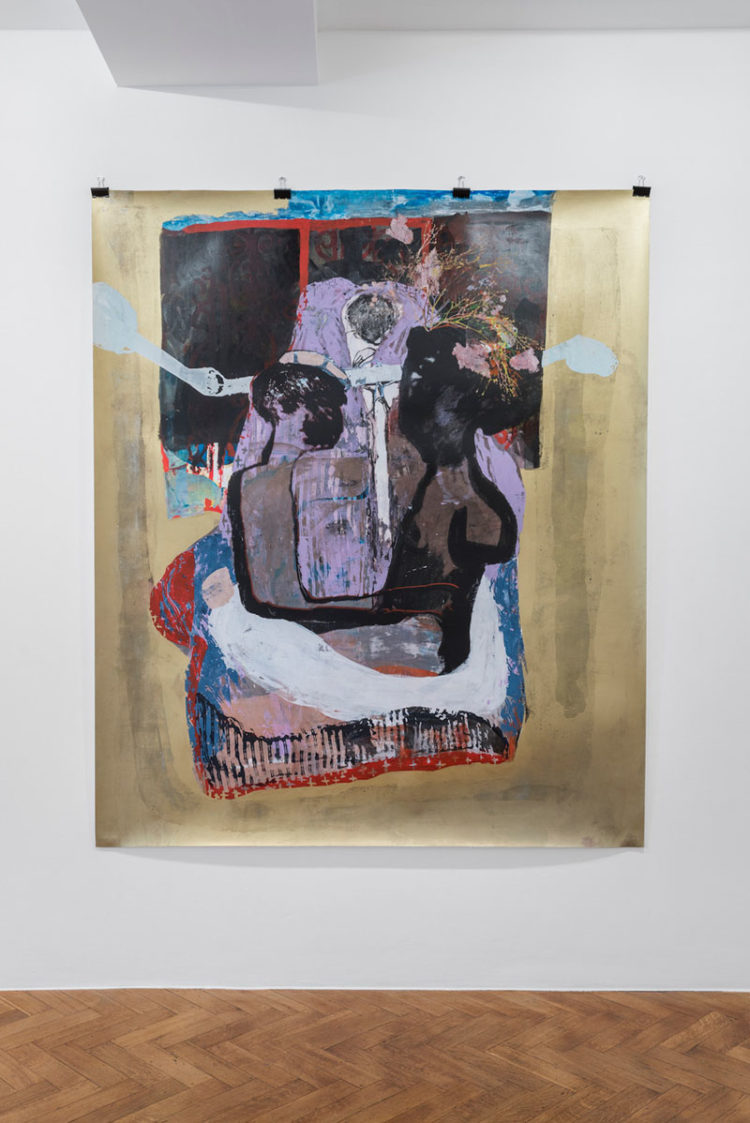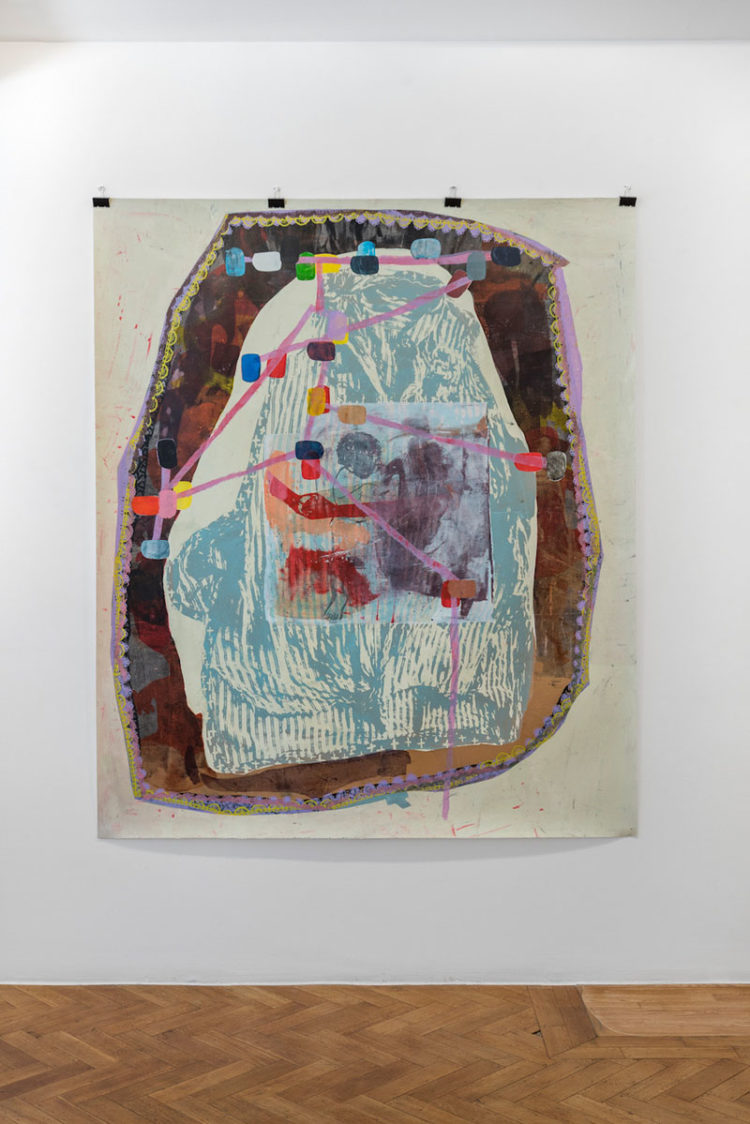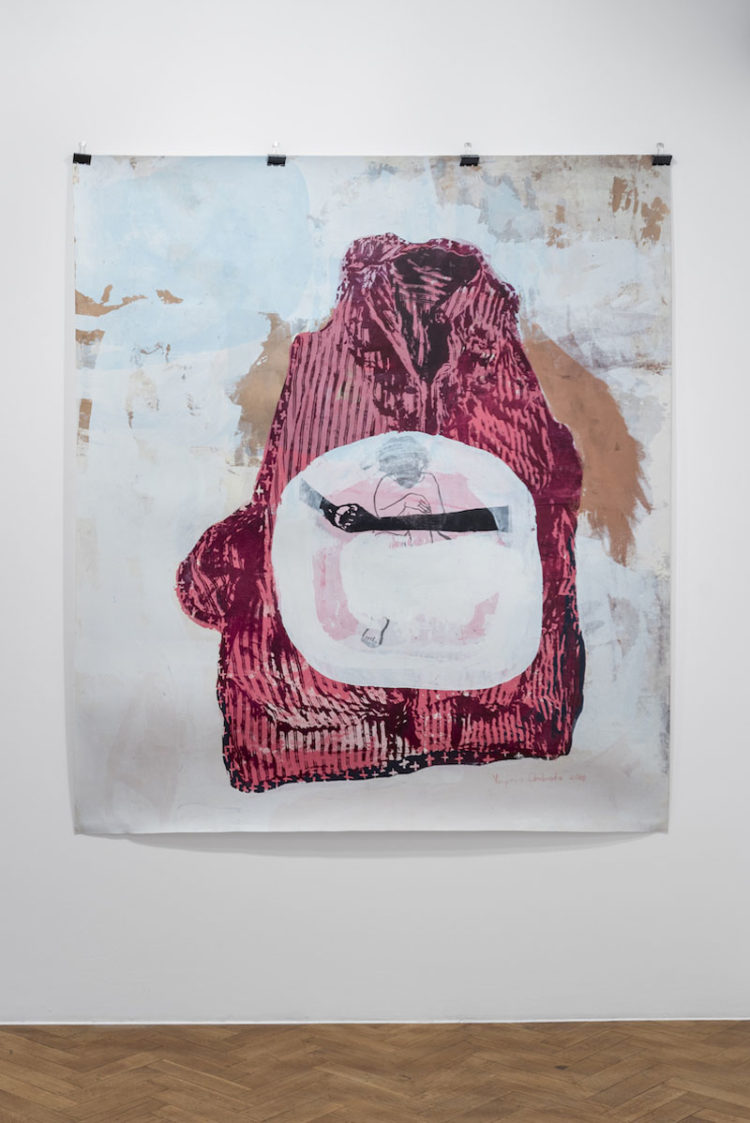You might have seen her work at the 1-54 Contemporary African Art Fair, in London or Marrakech. For those who missed the recent Virginia Chihota show at Tiwani Contemporary’ London gallery—it closed on 29th of June—here are a few images from the Zimbabwean artist who is known for images expressing various forms of cultural dislocation. Virginia represented Zimbabwe at the 55th Venice Biennale in 2013 and was awarded the Prix Canson in the same year. Her work is represented in the collections of Tate, The National Gallery of Zimbabwe, Deutsche Bank, Saatchi, JP Morgan Chase, the US Department of State and FRAC-Picardie. Knowing Virginia’s various expressions of cultural dislocation, we asked Eva Langret, the director of Tiwani Contemporary, if she herself felt like a world nomad.
“I do not see myself as a world nomad. I’m a migrant, I came to the UK to pursue economic opportunities. I am routinely dealing with artists struggling with visas, the strict administration and control over travelling to Europe from certain countries. I cannot pretend that borders are permeable – for many of us they are, very concrete obstacles to everyday life.
Having said this, I was born in the early 80s and so my experience of travelling is marked by globalisation, late-capitalism and technological advances: a connected global context that is particularly visible in the creative (and privileged) fields. There are organisations, signs, patterns of behaviour that I recognise, and see myself in, all over the world and so this has tempered my experience of dislocation. My international context is widely different from that of my father, for instance, who came from the Congo to France in the 70s, and who experienced dislocation in a way that I never did: a sense of longing for home that I am relatively free of.
I work with artists who operate in diverse contexts. Being based in London and having studied in Europe, I have to keep myself in check and constantly de-colonise my own thinking. Being black does not give me an automatic shield against deeply rooted cultural reflexes. I think this is how the global context influences my work – it demands that I think laterally, critically, and inclusively of ways of seeing; and thinking; that may not be my own.”

